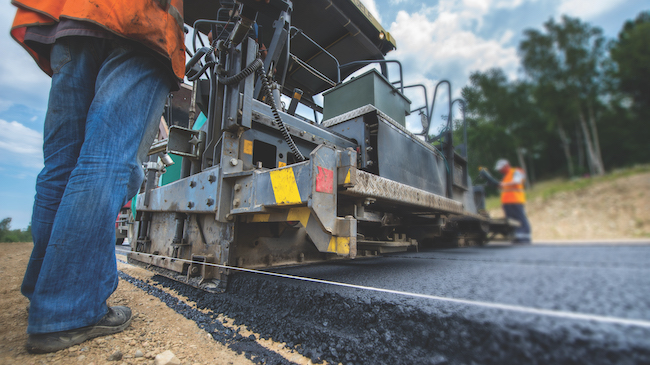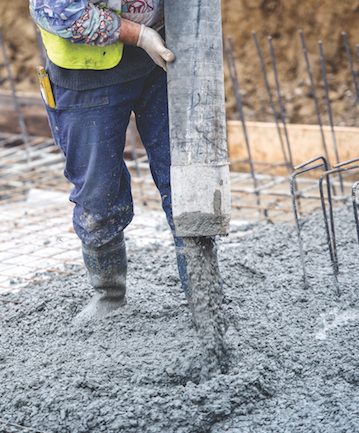

Project sites from small-scale buildings to multibillion-dollar infrastructure jobs are changing as the industry evolves. PHOTO: Adobe Stock/Agnormark
Canadian contractors enter 2020 with most experts optimistic about their prospects. Still, changes in technology, political divisions and the sheer scale of many new building projects will present both opportunities and challenges. These are the top trends the Canadian Construction Association and its President, Mary Van Buren, are keeping tabs on in 2020.
- Infrastructure as an enabler of nation-building
At a time of Canadian domestic polarization and lackluster performance among OECD countries, we have the opportunity to invest in infrastructure to stimulate weak provincial economies and build the Canada of the future while tapping into the emerging millennial workforce and technology.
- Infrastructure in crisis
The 2019 edition of the Canadian Infrastructure Report Card (CIRC) reveals the country’s public infrastructure requires urgent attention to reverse its current state of disrepair. Government policies supporting contractors and commitments to long-term infrastructure investments can bring much needed stability to the industry.
- The war for talent
Construction is facing a critical workforce shortage. Not only are firms competing with each other for highly skilled talent, the industry is competing with virtually all other sectors of the economy. Despite the variety of careers available, the industry is not seen as an employer of choice.
- Safety culture
Safety is a priority for construction firms and this culture is being led from the top. The goal is to raise the bar for all.
Advertisement - Risk transfer leaves no room for innovation
Contractors are expressing increased concern that the public-private partnership model, or P3 projects, have shifted all the risk to the contractor. When the continued culture of low cost bid is added in, there is little to no appetite to invest in innovation.
- Misaligned social procurement policies
The industry has long been a significant supporter of communities and has been actively recruiting from under-represented groups. Federal policies tying social procurement to infrastructure projects may work at cross purposes with industry workforce realities and the government’s own challenges.
- Growth of megaprojects
The expected growth of megaprojects could polarize the industry into large general contractors and small sub-contractors, leaving little room in the market for mid-sized firms to compete for business.
- Modularization
The continued focus on productivity is generating interest in practices such as applying Lean principles to construction projects. Modularization is also on the upswing as some firms adopt more of a manufacturing approach to construction components.
- Augmentation before automation
New construction technologies can automate some jobs, but the Canadian construction industry is likely to start with augmentation before automation. It is time for Canada to catch up with its international counterparts in developing and acquiring cost-saving technologies that address labour shortages.
- Big data as a project management tool
Big data has entered the construction industry. From streamlining business practices to improving safety and productivity, the construction industry is leveraging big data to improve how the industry functions. Big data is being used by construction companies to make more real-time, information-driven decisions.
Looking for a deeper dive into what to expect in 2020? We get more granular in our 2020 Construction Forecast.
This article originally appeared in the December 2019 issue of On-Site. Click here to read through the whole issue.





